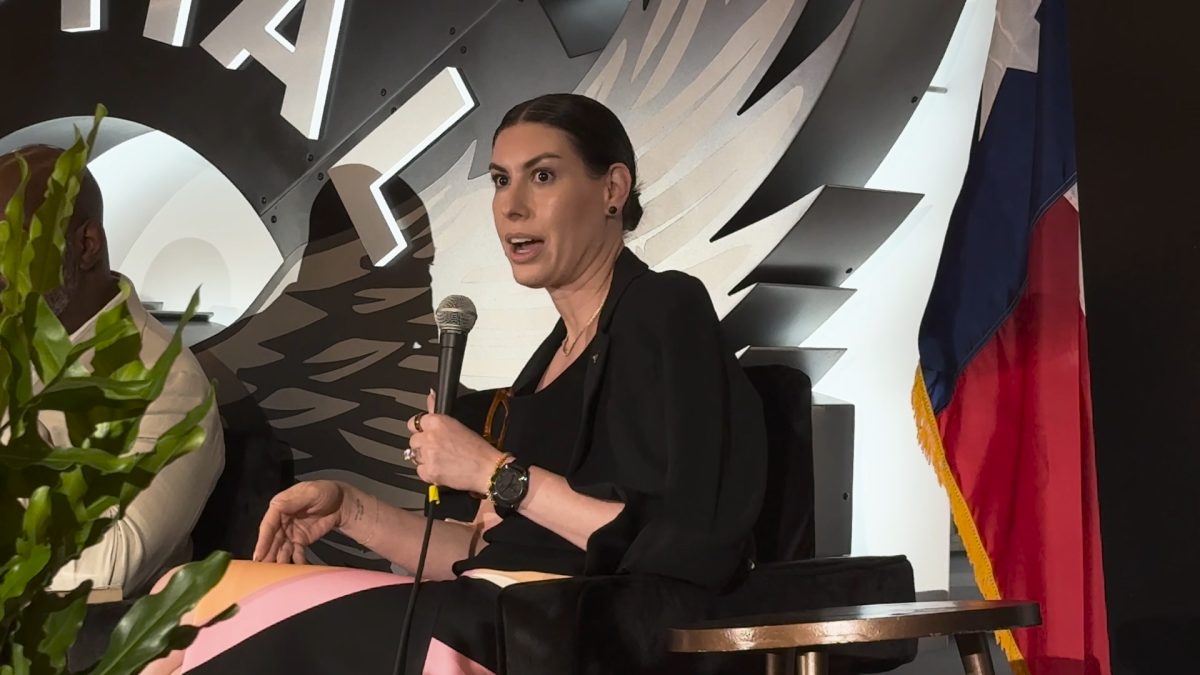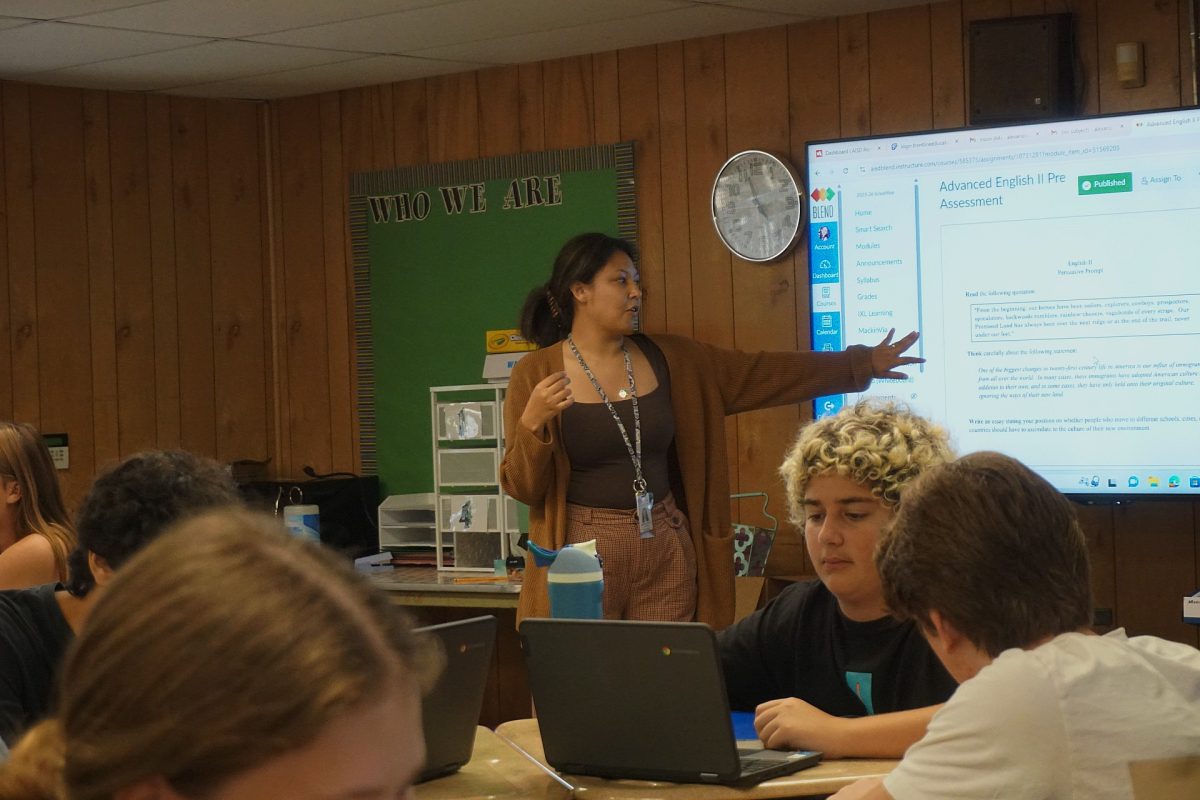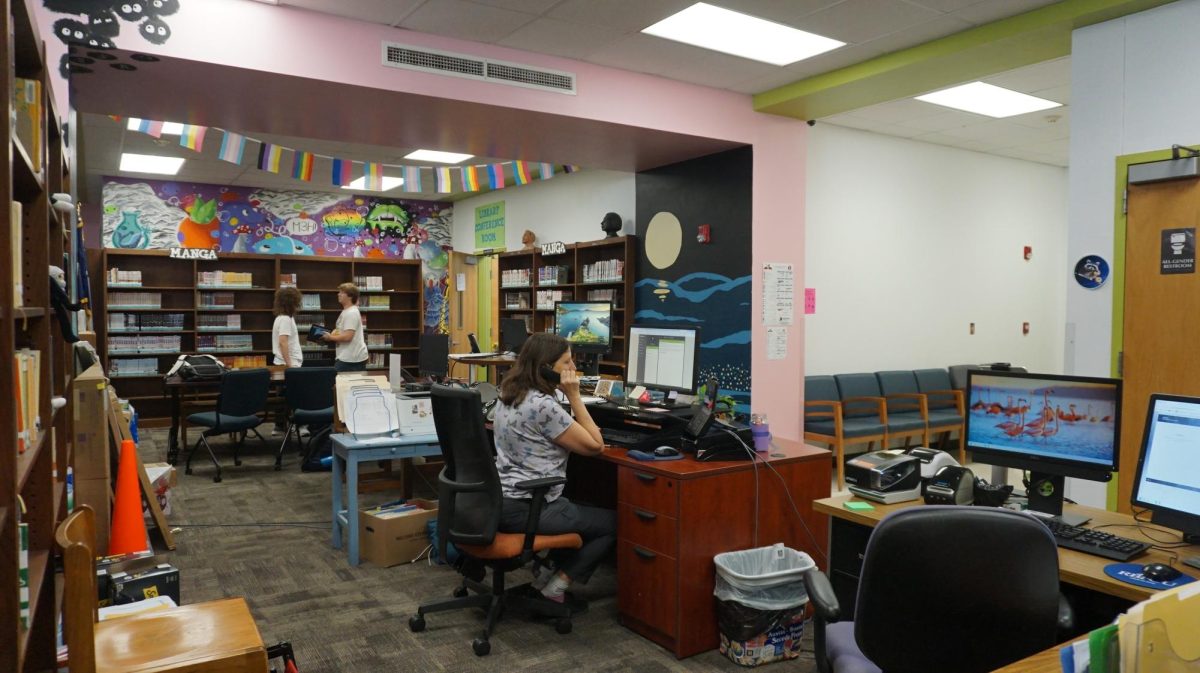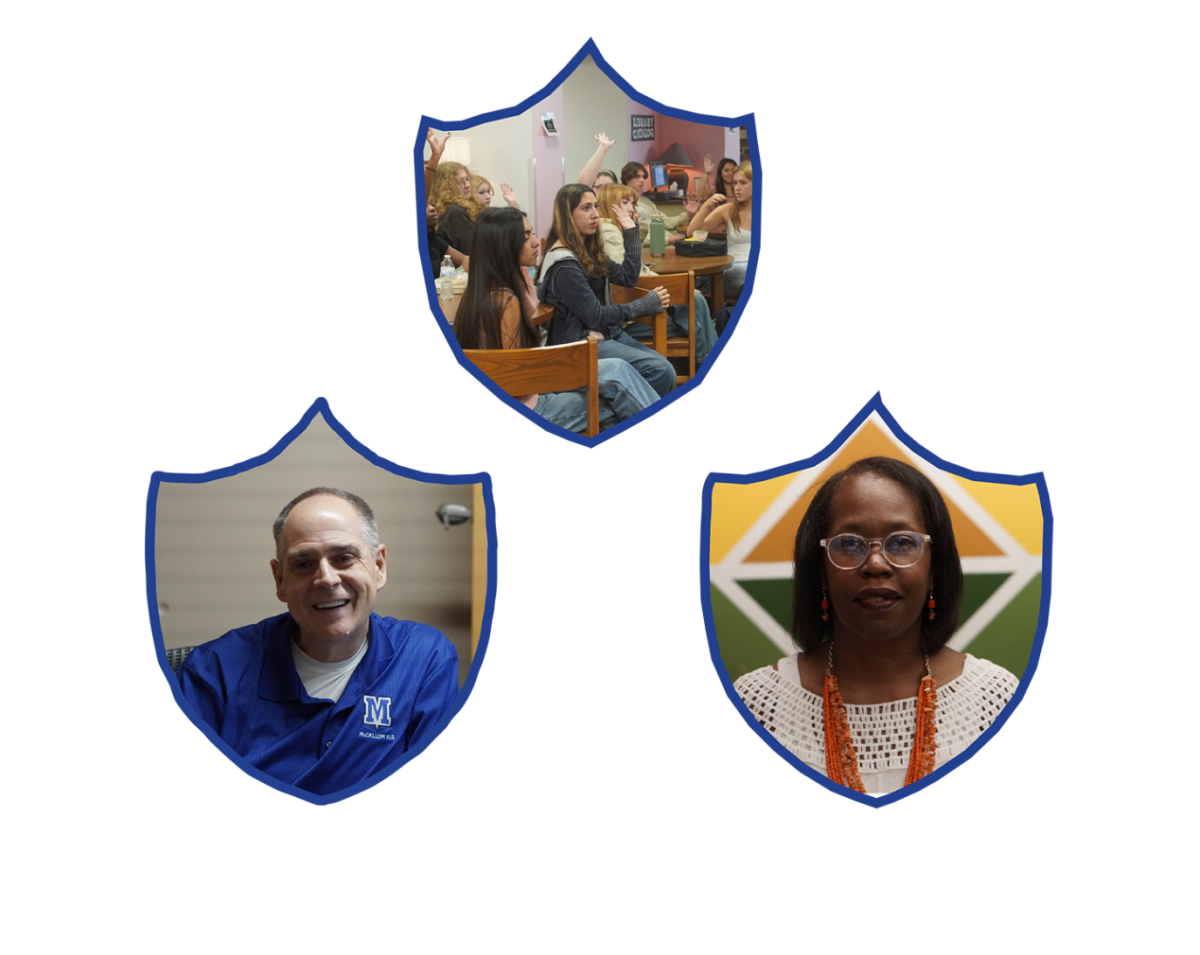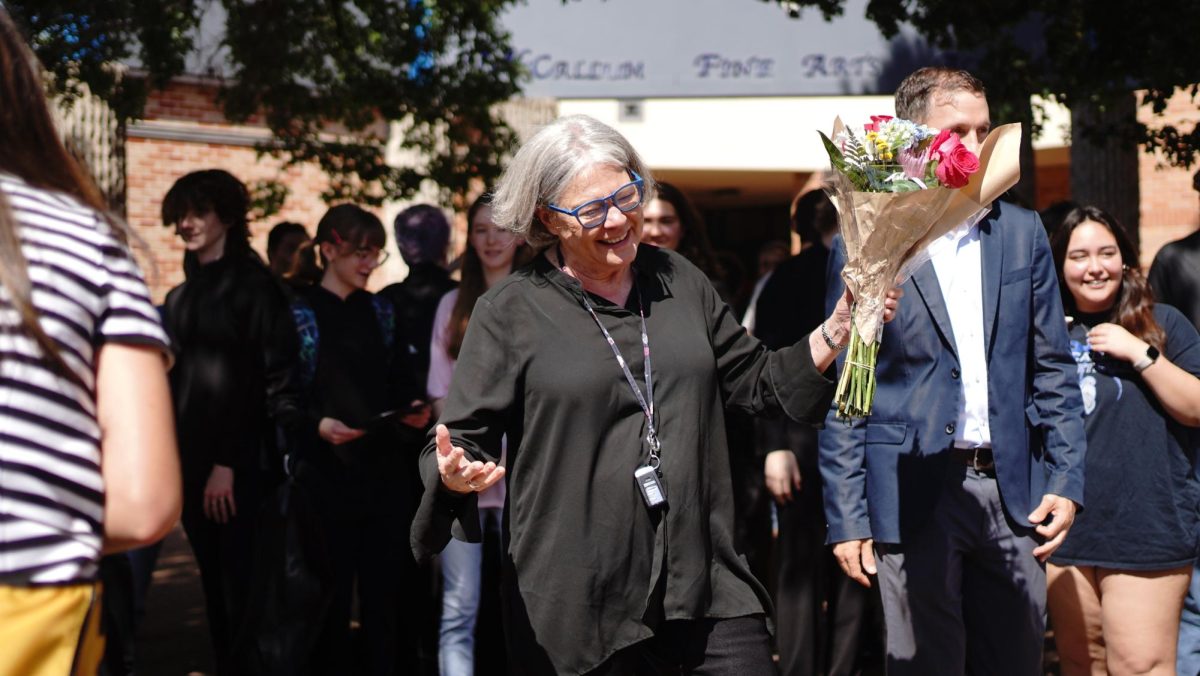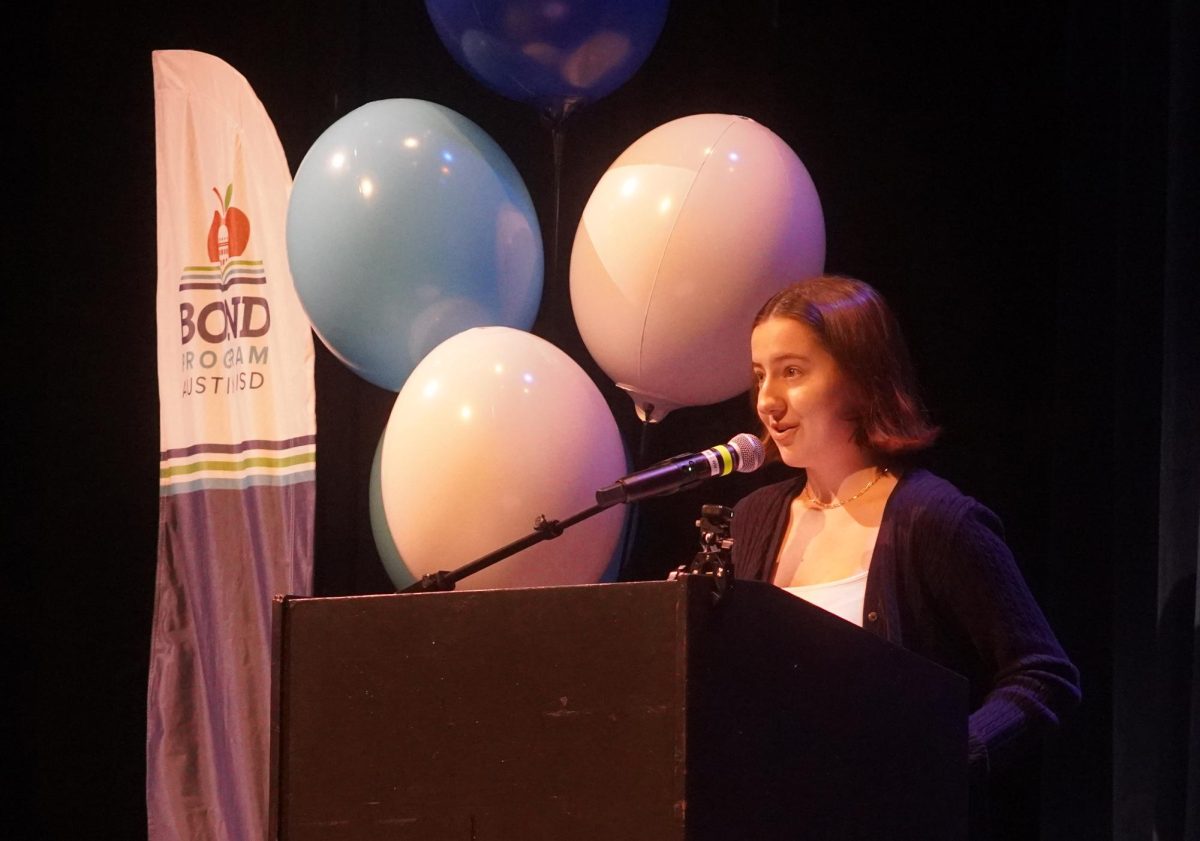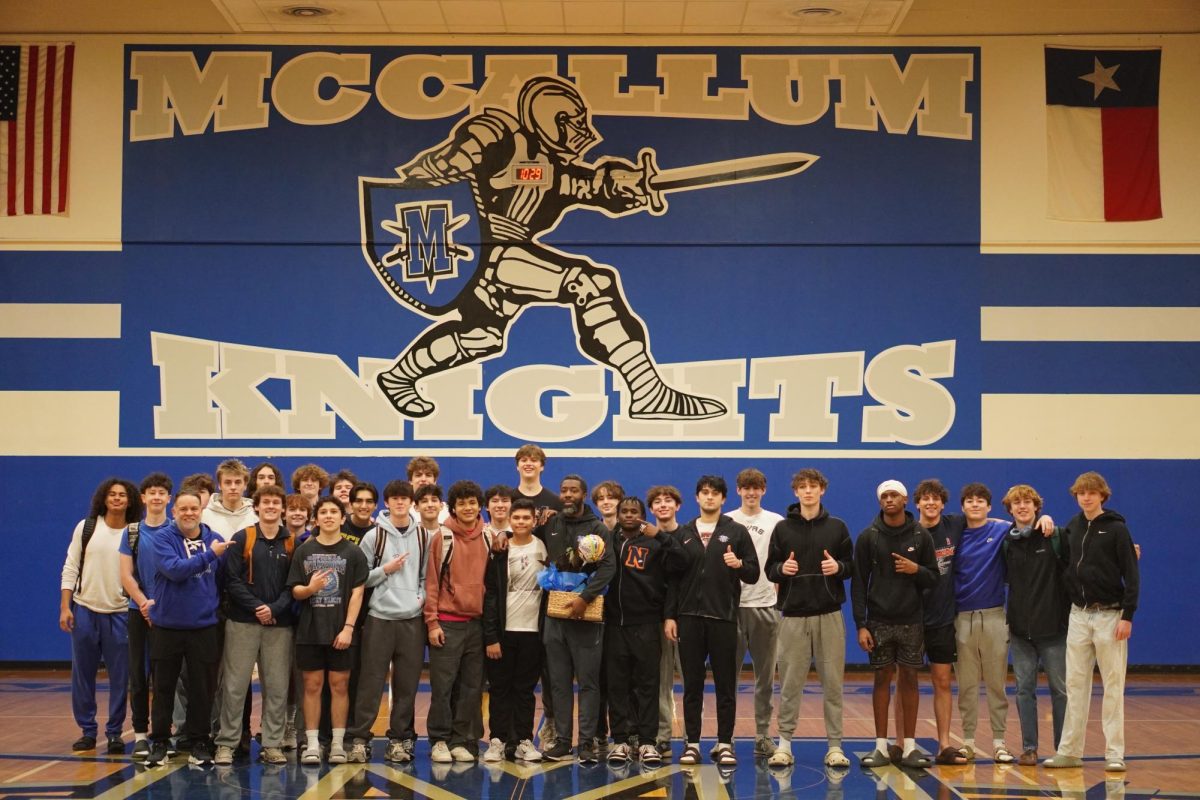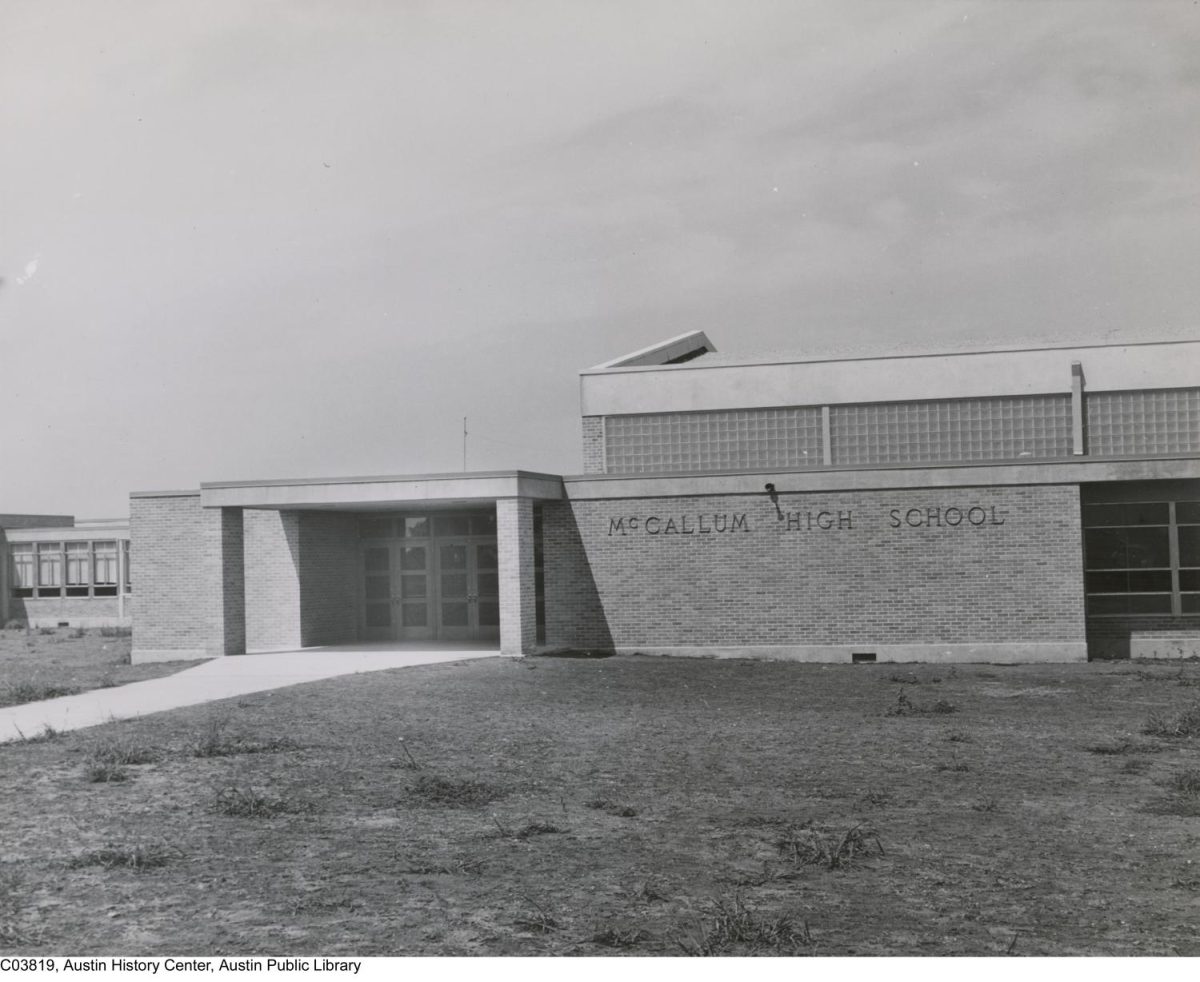At the Texas Tribune Festival this September, three deans of journalism schools in universities around the U.S. sat down to discuss how their schools are addressing current issues in journalism and how they are training future journalists. Rachel Davis Mersey serves as interim provost at the University of Texas at Austin and chair of the School of Journalism and Media and is an expert on the influence of digital media on community-building and understanding the information needs of different audiences. Graciela Mochkofsky is dean of the City University of New York’s Craig Newmark Graduate School of Journalism and is a contributing writer for The New Yorker, authoring seven nonfiction books. Jelani Cobb is dean of the Columbia Journalism School, a staff writer at The New Yorker and received a Peabody Award for his 2020 PBS Frontline film “Whose Vote Counts?”
In their discussion, Mersey, Mochkofsky and Cobb focused on three salient issues in journalism: the safety of student journalists, the role of social media in journalism and the relevance of journalism in today’s society.
Over the past few months, student protests regarding the Israel-Palestine conflict have emerged on many U.S. campuses following the arrest of demonstrators at Columbia University last April. Students are protesting the war’s death toll and urging universities to distance themselves from companies that support Israel’s military efforts in Gaza. On campuses, student journalists are reporting on these protests but have increasingly become targets of the violence that erupts from them.
Universities have considered the safety concerns that come along with around-the-clock reporting from student journalists. Student journalists are increasingly taking personal and academic risks to convey objective information to the public. The challenge is how to examine a range of perspectives, while also maintaining objectivity.
“Journalism requires a different type of training for the adversarial world we live in,” Mochkofsky said. “At CUNY, we have started to require a risk assessment course for journalists so that they can feel safe and protected when reporting.”
The protests have forced many students to deal with difficult decision for the first time in their journalism careers, such as using anonymous sourcing, being mindful of boundaries between classmates and reporting and being objective and honest in the face of adversity.
Social media has emerged as a primary platform for news dissemination. Because of the speed of social media, misinformation can be spread much more quickly and on a larger scale. On the other hand, the widespread sharing of information can highlight relevant issues that might otherwise go unaddressed.
For example, in recent years, the spotlight on police brutality has been intensified due to the spread of videos that went “viral” on social media. Police brutality is not a new problem; however, the increased access to video footage and other information has led to increased visibility and, ultimately, increased advocacy for social change. Social media has helped facilitate large-scale social movements such as Black Lives Matter, #MeToo and Fridays for Future.
While social media has fueled these movements, the impact of social media is not uniformly experienced across all demographics. For example, much of the older population does not rely on social media to obtain and share information. According to a 2024 Pew Research Center poll, older individuals are substantially less likely to use social media platforms compared to their younger counterparts. For example, only 15% of individuals over the age of 65 reported using Instagram, compared to 78% of 18-29 year olds.
The wide and expanding range of information sources creates unique challenges for the spread of honest, objective journalism. Efforts to tailor information to various platforms that people use and trust have become even more critical with the rise of social media. Gone are the days of the six o’clock evening news as the sole source of news.
“They simply approach news differently,” Mersey said. “Instead of turning on the morning TV to check the weather and get updates on their phones, they encounter information throughout their day. In fact, they are exposed to much more information than we ever were.”
In other ways, social media can narrow perspectives, through the constant curation of preferences, search histories and other algorithm patterns. Trust in communities has been redistributed with the increasing involvement of social media in the media.
“When we were facing a virus that was cutting a swath through communities, people were looking at a person with 30 years of medical experience and then at another person on YouTube in their parent’s basement, and giving equal weight to both of those viewpoints,” Cobb said.
The deans conveyed the importance of the field of journalism to engage meaningfully with social media platforms to provide information to large segments of the population; however, the journalism world is grappling with how to convey information in a true and honest form, while considering the risk posed by a faceless news outlet, where interpretation and use of information is beyond the control of the reporter.
The ability to engage in civil discourse is essential in journalism, regardless of the platform.
“I grew up in a household with a conservative father and a liberal mother, and we often had debates at the dinner table while still loving each other afterward,” Mersey said. “If we can cultivate the ability to have those conversations—politely disagreeing and challenging each other—then we can influence one another and grow together.”
Being one’s authentic self and acknowledging personal biases can help foster truthful reporting.
Reflecting on her own formative experiences, Mochkofsky said, “I studied in an amazing, scrappy, pro-democracy newsroom. It was the best experience of my life. We knew what we stood for: you had to be against the military, pro-democracy and aware of the limits of that democracy. Being a reporter there shaped my view, making me very comfortable discussing biases and assumptions.”
Maintaining relevance in an ever-changing world is a longstanding issue facing journalism. Issues that were once confined to large corporations and governments have now trickled into the field of journalism. Cobb emphasizes the loss of trust when journalism becomes too distanced without maintaining local connections.
“Americans have a long history of distrusting large, powerful and anonymous institutions,” Cobb said. “In the 19th century, they were skeptical of railroads, which held significant power in the economy. In the early 20th century, their distrust shifted to banks. Today, that skepticism is directed toward the media.”
Large news outlets often prioritize national or global stories over local ones, which may risk alienating their audiences. This often causes skepticism towards the media as a whole, causing people to turn to different, often less reliable, sources of information.
“All people see are CNN, The New York Times and NBC—these huge entities—and they think of them in the same way they once thought of banks or railroads, for reasons that should be utterly predictable to us,” Cobb said.
According to the deans, building and maintaining connections at all levels has become increasingly important for journalism, as it enforces the journalist’s role as a trusted source of information and an advocate in the community.
Despite the ongoing transformation of the journalism world, the deans remain optimistic and excited about the future of their field. They reflected on their passions and what motivated them to become journalists, conveying enthusiasm for the future.
“I knew I wanted to be a journalist since I was 8, and it’s been an incredible profession,” Mochkofsky said. “It’s one of those professions where you feel like you’re always learning something. When done truthfully, journalism can create change and provide information that people need to make well-informed decisions.”
In a world that requires adaptability and resilience, the passion of new journalists and the commitment of journalism educators can provide a hopeful path forward.
Encouraging dialogue, embracing diverse perspectives, and upholding values of truth and integrity can lead to a positive future for journalism.
“You can see the joy on someone’s face when they say, ‘I want to be a journalist.’ I want to harness that enthusiasm,” Mersey said. “The challenge is how we create great content that people want to read, engage with, and consume.”


